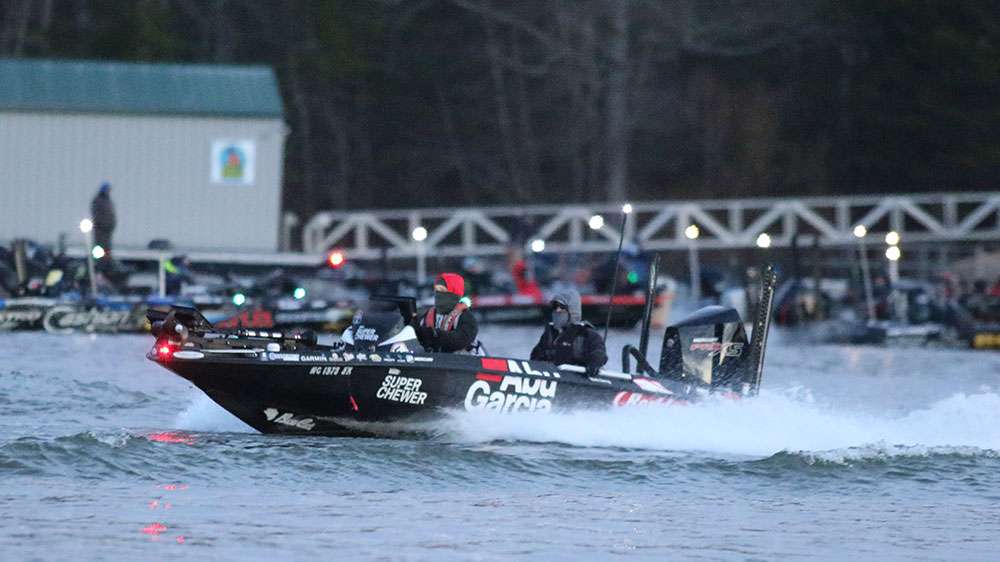
The past is not usually my thing. I’m into the future for the most part. There are, however, exceptions. One of them is what’s happened and is happening in the electronics area of our sport, especially with Sonar.
Back years ago I fished with a flasher. It was better than anything that came before it so I was grateful to have one, and I learned how to use it. Without bragging I’ll go so far as to say that I got real good with it. At the time I thought it showed me what I needed to see under my boat.
But that was years ago. Now even the most basic units give you 10 times the information that a flasher did, and the best equipment is maybe 100 times better. It’s truly unbelievable, and it keeps advancing faster and faster all the time.
One of the most interesting things to me is that the newer units are starting to blur the lines between SONAR readouts and cameras.
When we all used 2D units you saw things as mostly flat shapes and sometimes they weren’t all that distinct. Brush piles looked like humps and fish looked like lines or arches. There was no such thing as being able to look at individual branches in the brush, and you identified fish by location, not shape or size.
Now almost every unit has the resolution to give you a clear look at the details of anything you want to see. And, those same units let you look in different directions around and under your boat. That’s a serious advantage that saves time and fuel. You don’t have to make multiple passes over or past something to know what it really looks like.
Another thing the newer and higher-end units do now is give you a better sense of exactly where something is located in relation to your boat. Time was when you saw something on the right side of your screen it was well out of casting distance by the time it was in the middle of your screen.
That’s a big issue that a lot of anglers don’t understand. You’re not seeing things in real time. There’s a lapse there that can really mess you up if you don’t understand it. If you’re moving at 2 mph you’re traveling just a little less than 3 feet per second. Fool around for a few seconds and that dynamite brush pile you found is long past. If your transducer is at the back of your boat, you need to add another 20 feet or so to what I just said.
My units are Garmin with Panoptix LiveScope. They give me super good images of real things and in real time as well as help me quickly measure distance up, down and sideways. I can’t imagine ever fishing without them. They are unbelievable.
The deal with all of this is that if you want to become a more efficient bass angler, you need good GPS and Sonar equipment — and you need to spend the time and effort to understand it and to truly comprehend what it’ll do for you. I know it’s not cheap, but it’s one of the best investments you can make in fishing equipment. Think about that the next time you upgrade.
Don’t blend.
